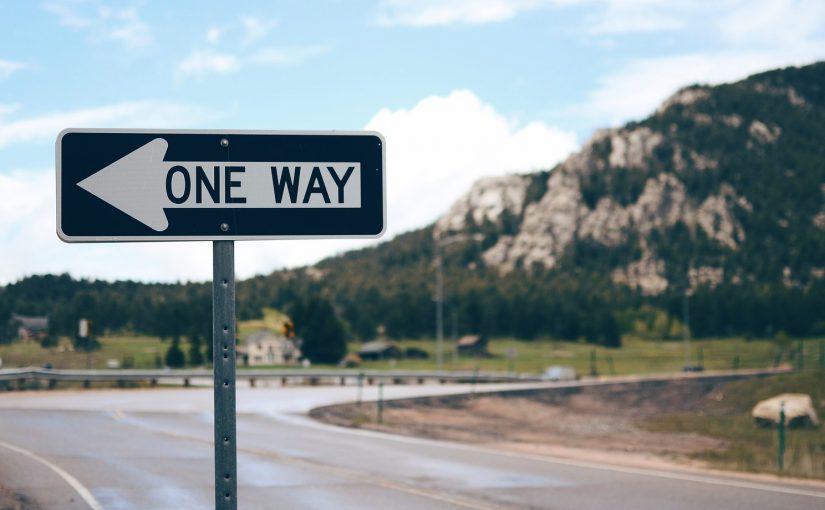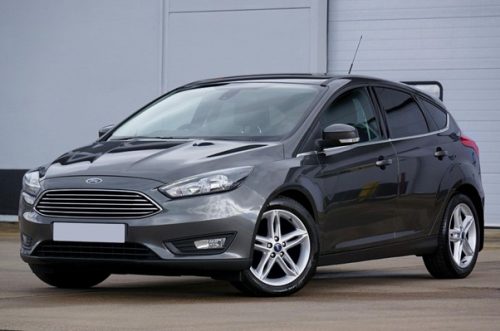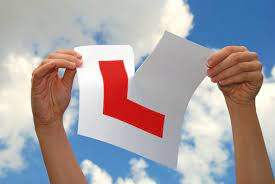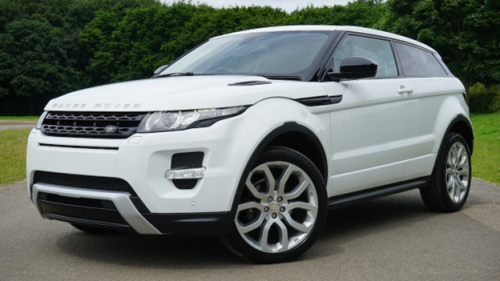
Why learner drivers need to know the meaning of traffic signs
Posted in: Driving Courses, Driving Tips.
Why learner drivers need to know the meaning of traffic signs
Deciding to learn to drive is a huge commitment. It takes time and patience and also the willingness to learn new skills that you will take with you for the rest of your life. Having the right skills also means that you can practice driving safely and not put yourself or others at risk. That’s why its so important that learner drivers need to know the meaning of traffic signs. Some might be more obvious than others, but some road traffic signs can be particularly confusing or not always as simple to understand.

Before you have enough road practice to go in for your practical road test, you need to pass your theory. Which will test your knowledge and competency of road signs and hazards. The most difficult part of this test? The road signs of course!
The easiest way to understand road traffic signs is to decipher them instead of trying to memorise them. You can do this by putting together little pieces of information that can help you understand any road sign that you come across. Try learning these points first.
Shapes
Let’s start with the shapes. This is your first piece of information. And knowing what each shape means will make deciphering the rest of the sign much easier.
• Circular: These signs are orders. They tell you of something you must or must not do.
• Rectangular: These signs give you information about what’s coming up ahead. Like a junction, a historical landmark, the miles to the next city etc
• Triangular: These are signs that are warning you of a potential hazard that is coming up. In most cases its best to reduce your speed.
• Octagon: This one is unique as it is reserved exclusively for the STOP sign. It’s the same shape in other parts of the world including America and Europe.
Colours
The colours of a sign are your next indicators.
• Red: Red is a warning.
• Blue: Blue will give you an instruction. It could be a speed change or asking you to choose a junction.
• Green: Green is for information, like how many miles to the next town or which direction is which
• White: White gives further clarification
• Brown: Brown signs are used for tourist information. Things like swimming pools, historical attractions or other landmarks will be posted on these.
• Yellow: Yellow is usually reserved for a diversion.
The pictures
Finally, the pictures should bring all the information together and you should be more confident with your road sign knowledge.
• Numbers: Numbers on signs usually indicate speed. When you see numbers on signs with other symbols this could be the max weight of a bridge or the max height of a vehicle.
• People: Signs with pictures of people are there to warn you of pedestrians in the area and you need to exercise caution.
• Arrows: Arrows can indicate the direction of the flow of traffic. Who has priority in a certain situation or letting you know about a one way system.
Tags: Why learner drivers need to know the meaning of traffic signs







